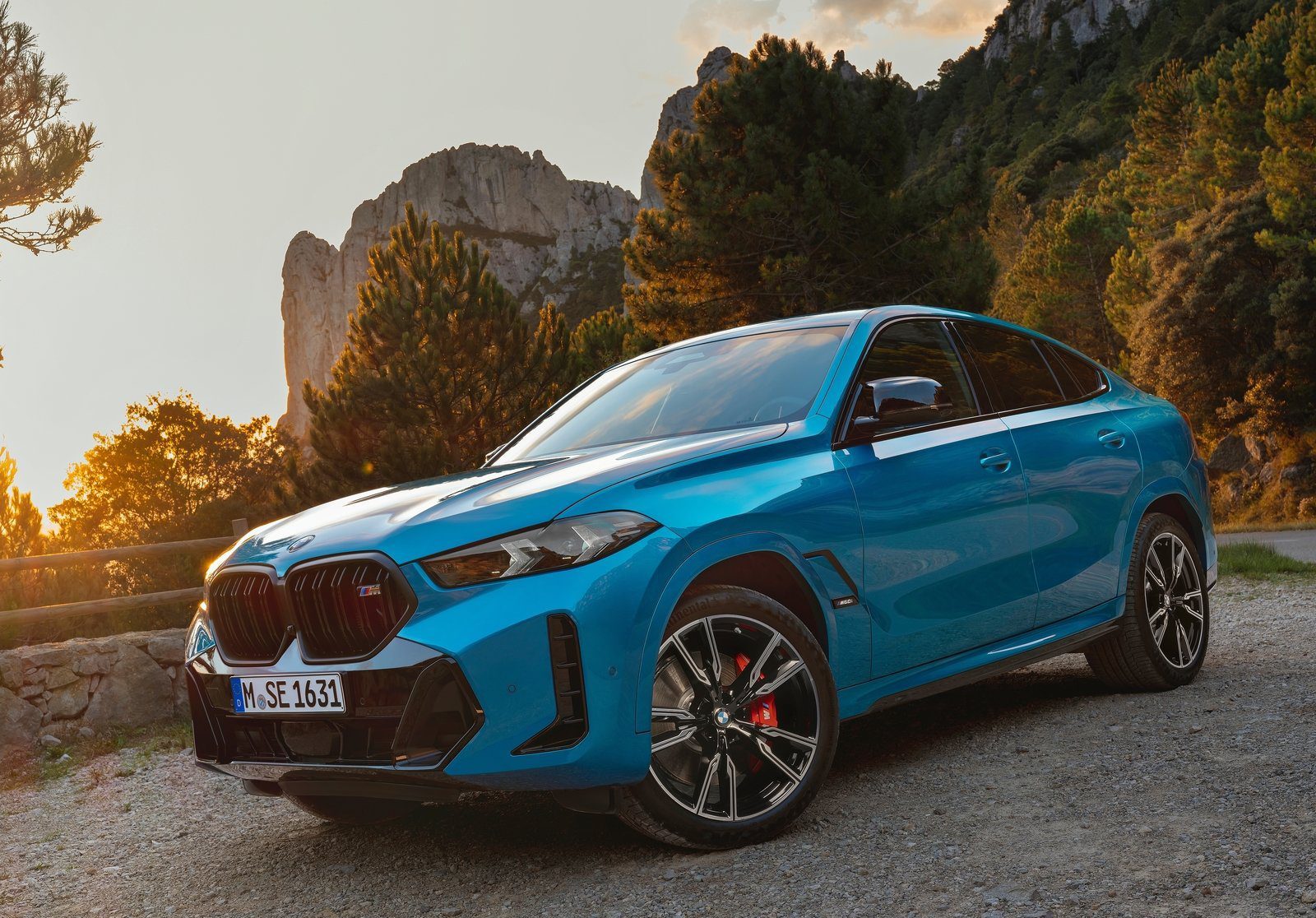BMW Group Sales Data, Trends & Analysis for the European Automotive Market
BMW, or Bayerische Motoren Werke AG, originated in Germany and has been selling cars in Europe since its inception. Founded in 1916, BMW initially manufactured aircraft engines, but post-World War I restrictions led them to diversify into other areas, including motorcycles in the 1920s and then automobiles by the end of the decade. Their first car, the BMW Dixi, was introduced in 1928.
The BMW brand is the core brand of the group, producing a wide range of premium cars and SUVs. They range from the compact 1 Series to the luxurious 7 Series and includes the “i” sub-brand for electric vehicles, such as the i3 and i4. Acquired by BMW in 2000, MINI produces a range of small cars that build upon the heritage of the classic Mini Cooper. Acquired by BMW in 1998, Rolls-Royce produces ultra-luxurious cars known for their opulence and craftsmanship.
BMW Group European Sales Figures & Recent Highlights
In recent years, the European automotive market has witnessed several challenges and shifts. Regulatory pressures favoring reduced emissions have accelerated the transition to EVs and hybrids. The European Union and various national governments have set ambitious targets for the reduction of carbon emissions, which directly impacts the automotive industry. BMW has since become one of the most popular luxury car brands in Europe. In 2022, BMW sold over 1 million cars in Europe, accounting for over 20% of the company’s global sales. BMW’s other brands have also performed well in Europe. MINI sold over 170,000 cars in Europe in 2022, and Rolls-Royce sold over 1,500 cars.
In this context, BMW, with its robust EV and plug-in hybrid lineup, is well-positioned to cater to these changing dynamics. The company has been making significant investments in electrification, autonomous driving technologies, and other innovations to stay competitive in the European market. Overall, the BMW Group has performed well in Europe in recent years. The company is well-positioned to continue its growth in the region, thanks to its strong brand portfolio and its commitment to innovation:
- BMW: Europe has been a strong market for BMW, with Western European countries like Germany, the UK, France, and Italy being significant contributors to the brand’s sales. The company’s push towards electrification, with models like the i3, i4, and iX, has been particularly relevant given the increasing regulatory pressures and consumer demand for electric vehicles (EVs) in many European nations.
- MINI: Europe remains a significant market for MINI, with the UK, its country of origin, being one of the brand’s top markets. The brand’s foray into electrification, particularly with the MINI Electric, has been well-received in parts of Europe.
- Rolls-Royce: While Rolls-Royce has a global clientele, Europe is a significant market, especially for ultra-luxury cars. Countries with higher concentrations of affluence, like the UK, Monaco, and Switzerland, are notable markets for the brand.
BMW is one of the most well-known and respected luxury car brands in the world, and its cars are known for their quality, performance, and style. BMW offers a wide range of products to choose from, including cars, SUVs, and sports cars and has a huge dealer network in Europe. We expect the brand to continue to grow in the European region, especially as it rolls out its electric cars in more numbers.
BMW Group Annual Sales, Growth & Market Share in Europe
Below we have a table that shows total BMW Group sales volumes for the European automotive market, broken out by year. This data captures all BMW Group sales for the entire European automotive market, including sub-brands like MINI and Rolls-Royce.
BMW Group Europe Annual Sales Units & Growth Chart
Below is a visual representation of BMW Group’s Europe sales units over time. We have both the BMW Group sales units and the growth in the European market. Click on the items in the legend to see each series by itself.
BMW Group Europe Growth Rate & Market Share Chart
Below is the annual growth rate for the BMW Group in Europe, shown against the BMW Group’s marketshare changes in Europe. This gives you a good look into how the BMW Group has faired against the other brands in terms of absolute sales and effect on marketshare. Click on the items in the legend to see each series by itself.









